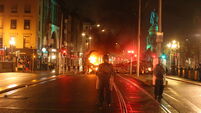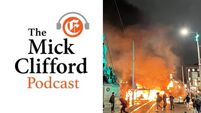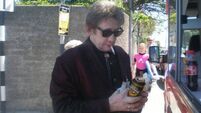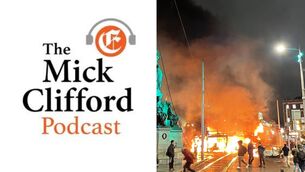Mick Clifford: Drew Harris and Helen McEntee need to earn their corn or else step aside

A burned-out vehicle is removed from O'Connell St in Dublin after Thursday's rioting. Picture: PA
An acrid smell of burning rubber permeated O’Connell St early on the morning after. It wafted down past a blackened hulk of twisted steel that had been a bus, now immobile and redundant on one of the thoroughfare’s lanes.
Next to it on the Luas line a train was damaged, windows smashed, doors broken, as if it had been abandoned in a hurry in the face of a natural disaster. Further down the street, the GPO, symbolic cornerstone of our democracy, looked as if it had slept through the whole thing, its windows adorned with decorations and Christmas lights.
A scattering of those setting out for work before dawn stopped beside the debris, raised their phones, and took the requisite pic for posterity. The whole scene illustrated how delicately democratic societies are held together these days.
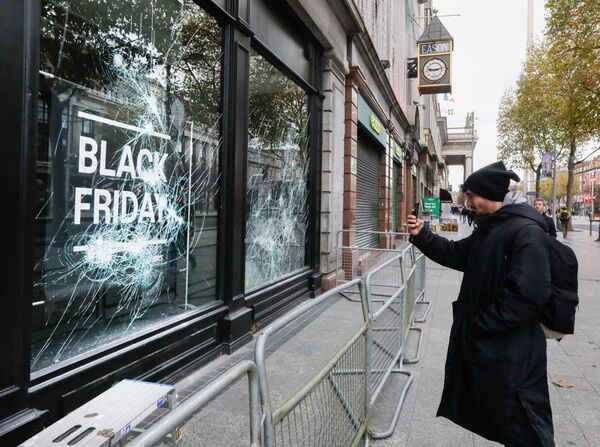
Since the pandemic, the city’s main streets, particularly north of the river, have not been the same. There is an edge to things. There has been a low level of anti-social behaviour, much of it from disaffected youth. Many people talk of a sense of tension over what they perceive to be an undercurrent of menace.
The uneasy tension in the city nearly feels as if everybody is waiting for something to happen. Maybe that something did on Thursday.
The shocking attack on children and adults on Parnell St was completely out of the blue. Nobody could have predicted it. What unfolded showed the worst and the best of the city. The attack was unprecedented in this country, but not so in other developed, wealthy states.
Perhaps it’s a harbinger, or a reminder that while our politics has been stable and, challenges notwithstanding, the economy sound, we are part of a new, frightening world.
On the other hand, those who rushed to the rescue served notice of the better self of our society. Siobhan Kearney was attending the Stardust inquest across the road, looking for truth from a darker Ireland. She ran across the road and intervened with the assailant.
“I saw a man stab the children,” she told the . “I jumped in and stopped it. We all jumped in. I immediately defended the children.”
Brazilian delivery driver Caio Benicio did likewise.
In terms of employment, delivery drivers are something of an underclass, working savage hours with zero security in unsafe conditions. When he saw what was happening, he didn’t give any thought for his own safety, or react as might a person who feels alienated or abused in this country to which he has come to work. He showed the best of us.
What happened in the aftermath of that outrage may well have been the something that has been threatening to occur over the last few years. A small band of far right activists saw their opportunity. They didn’t see horribly injured children or heroes to be commended. They saw the chance to make a mark, to show that they do matter irrespective of their complete failure to gain purchase through political activity. So they sent out the word and showed up.
Pretty soon they had gathering around them dozens and dozens of disaffected youth, some who enjoyed shouting obscenities about foreigners, others just looking to have fun. The violence started and the organisers melted back into the crowd, cowards to their core, fully aware of the kind of surveillance in the city centre that would produce plenty of evidence.
What resulted was beamed around the world as if Ireland had taken its place among the fully developed nations of the world where such upheaval is no longer alien.
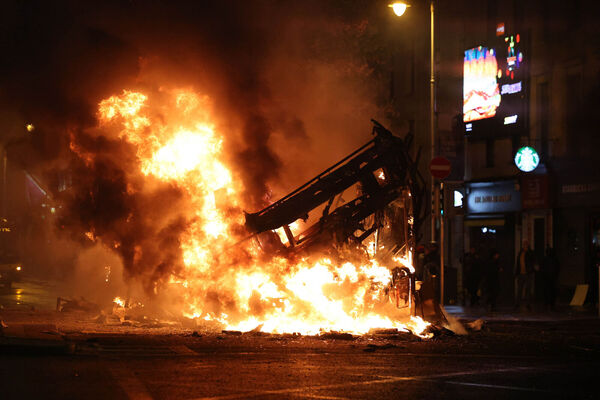
What is required now is unity of purpose. Those who fanned the flames are small in number and should no longer be allowed to act with impunity. They thrive on social media and can’t be permitted to undermine democracy further.
The time has long passed when social media companies should have been forced to take responsibility for how they earn their crust. Proper regulation, and more importantly enforcement, can wait no longer.
Garda management has major questions to answer. Individual gardaí performed on the night in the best tradition of policing. They were brave and selfless and risked serious injury. But questions remain about how quickly or otherwise management reacted to the gathering storm.
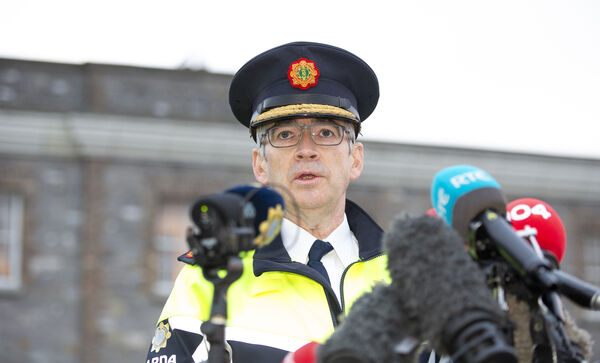
Word was going around social media from mid-afternoon, urging people to gather in the city centre by 7pm. Why was the public order unit not fully in place to meet the threat?
This is just one of a whole range of issues contributing to a malaise in An Garda Síochána. Elements have been addressed in a piecemeal fashion, but right now the State, and particularly the capital, needs a fully-functioning police force. And while they are at it, why aren’t the well-known small band of agitators subjected to the same degree of ongoing scrutiny that the gardaí have successfully deployed in tackling other serious criminals?
Garda Commissioner Drew Harris and Justice Minister Helen McEntee need to earn their corn or else step aside and let somebody else do it.
There also needs to be unity across the political divide to tackle these agitators before they get a proper foothold. Heretofore, some of the opposition parties have studiously excluded Government parties in any effort to tackle far right ideology or actions. That playground stuff has had its day. Either all who profess to have allegiance to democracy want to eliminate the threat to our society or they want to use it to further their own political ambitions.
Beyond all that, questions arise as to why it was so easy to incite that many youths to behave like thugs. The agitators would not have been equipped to create the mayhem that ensued without exploiting major disaffection among a large cohort.
Did the pandemic do more damage than has been acknowledged? Why in a wealthy society does there appear to be such a level of disaffection that a spark can ignite wanton violence? Dublin deserves to have its city centre returned to its pre-pandemic shape. Proper investigation and intervention are needed to find out where things went wrong. Without that, scenes like last Thursday may not be isolated.
